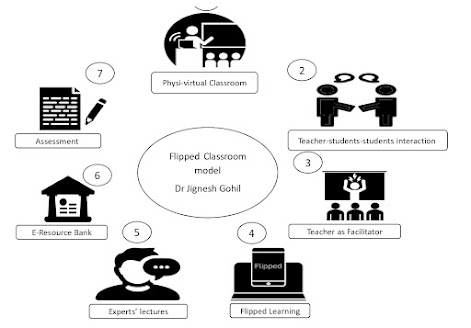The traditional classroom model where the teacher lectures and the students take notes is no longer the only option for delivering quality education. With the advancement of technology, educators are experimenting with new methods of teaching and learning. One such method that has gained popularity in recent years is the Flipped Classroom Model. In this approach, students are introduced to the content outside the classroom, usually through videos or other digital resources, and class time is used for hands-on activities, discussions, and problem-solving. This model has been shown to have many benefits, including increased engagement, improved critical thinking, and better retention of information. In this blog post, we will explore the results of a feedback survey from students who experienced the Flipped Classroom Model and examine its effectiveness in enhancing the learning experience.
In the recently ended 4th semester of B.Ed 2023, I used Flipped classroom model in teaching-learning of a paper named 'Advanced Pedagogy'. The entire paper was learnt by the students in Physical classroom as well as Google Classroom. They went through about 16 different online and offline activities based on the topics. It was totally different than the traditional teacher-lecture method. For the sharing and discussion purpose, a Google Classroom and a Website were prepared.
To visit the Paper Website link- Click here
The entire model was devided in seven steps. (Given below)
The students carried out some activities like Live presentations, Question Answer with ChatGPT, Word cloud making, Group work and discussion, Classroom Question Answer, Kahoot Quiz, Survey, poll, MCQ Test on Google Form, Peer assessment, Collaborative notes, creating Rubrics etc. At end of the paper the students gave their feedback on the learning the paper in Flipped classroom mode. Here ithe analys of their feedback.

Comments
Post a Comment